Related to Malcolm Gladwell’s “10,000 hours to become an expert” rule, Matt Might is helping the visual learners of the world with his Illustrated Guide to a Ph.D.
——————–
Imagine a circle that contains all of human knowledge:

By the time you finish elementary school, you know a little:

By the time you finish high school, you know a bit more:

With a bachelor’s degree, you gain a specialty:
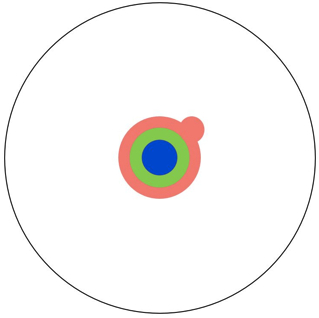
A master’s degree deepens that specialty:
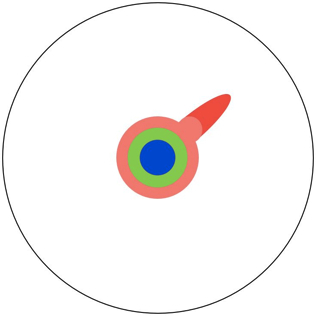
Reading research papers takes you to the edge of human knowledge:
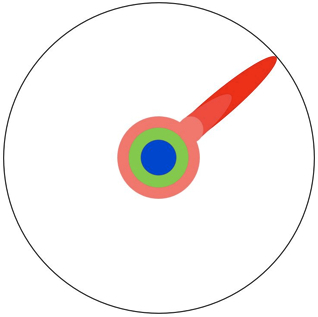
Once you’re at the boundary, you focus:
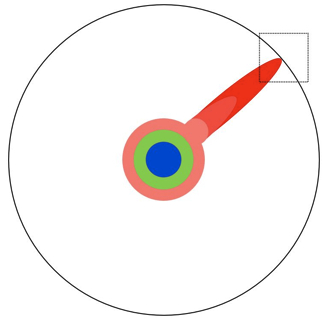
You push at the boundary for a few years:

Until one day, the boundary gives way:

And, that dent you’ve made is called a Ph.D.:

Of course, the world looks different to you now:

So, don’t forget the bigger picture:
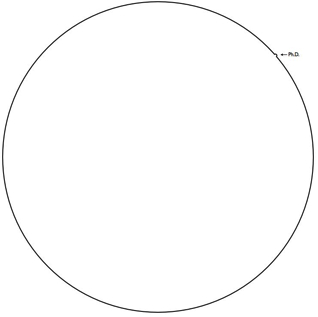
Keep pushing.
——————–
What Matt points out, that Malcolm misses, is that once you’ve become an expert you now have to bare the ‘curse of knowledge.’ Ph.Ds may expand the sphere of human knowledge, but in doing so, might loose the ability to communicate what they know to everyone else because they can’t imagine not knowing what they know. The trick then is to balance the hyper focus on one topic with the world at large. One counter exercise is to continually engage people unrelated to your area of expertise.
In education, the gap between faculty, student affairs, staff, and administration is a well known problem. As each department becomes more engrained in their expertise, it becomes even harder to relate to each other, even though institutional cross collaboration is vital to a student’s success. If you are currently working in higher ed, when’s the last time you expanded out from your department to see the forest and not just the trees?




